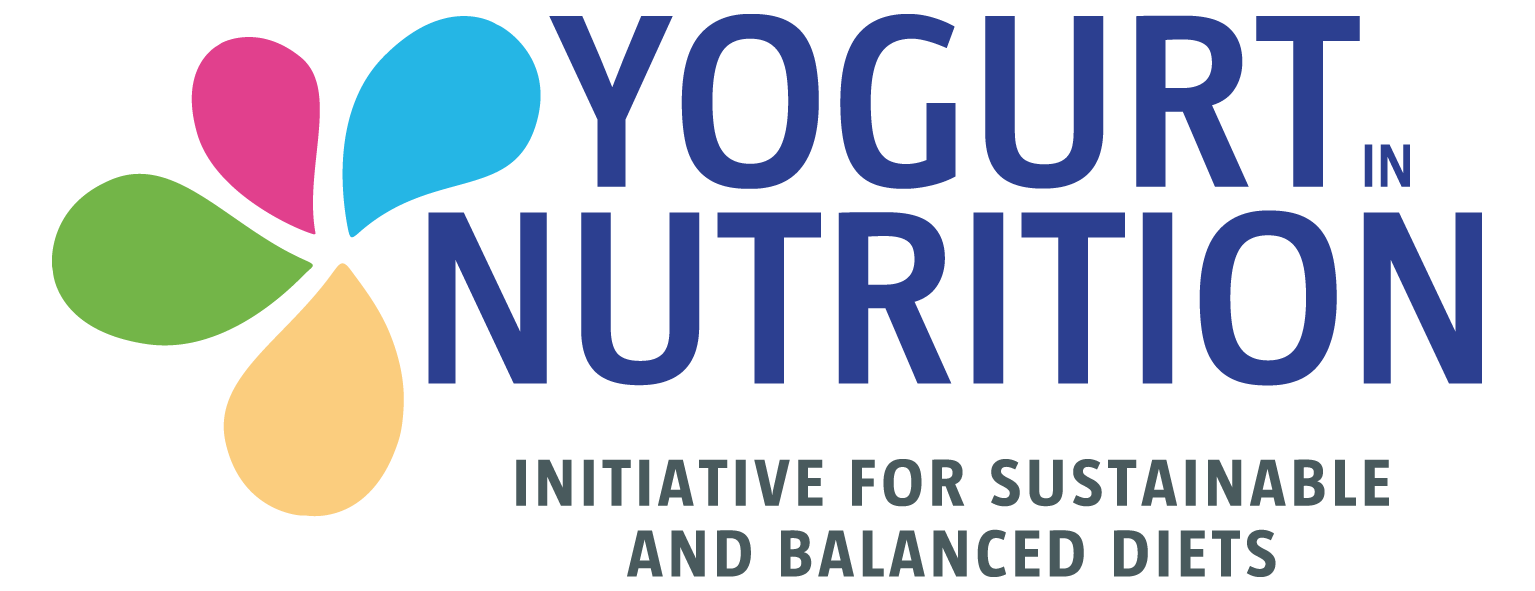In your latest research, an inverse association was found between the high consumption of yogurt and fruit and the development of Metabolic Syndrome. What is the specific role of yogurt in reducing the risk and what are the key nutrients that achieve this preventive effect?
Yogurt is a good source of calcium, and it has been suggested that calcium intake can reduce the lipogenesis (the synthesis of fatty acids in the body), and increase the lipolysis (the hydrolysis of fats). Also at the same time, calcium intake reduces fat absorption. (The lactic acid of yogurt promotes a better absorption of calcium). These 2 mechanisms could be involved in the development of being overweight or obese, which is one of the most important components of Metabolic Syndrome. However, we believe that is not only yogurt alone the one who is fully responsible of this apparent protection. We think that the overall quality of a dietary pattern offer protection against Metabolic Syndrome than each of the isolated food components. That’s why this protection was observed only when high yogurt consumption was consumed at the same time with high fruit consumption.
In contrast with the Western dietary pattern, the Mediterranean diet may reduce the risk of cardiovascular disease. Moreover, Spain shows high rates in yogurt consumption. How does yogurt fit in this Mediterranean dietary pattern and how does this affect the risk for CVD and diabetes?
The traditional Mediterranean Dietary Pattern proposed by Trichopoulou, weights inversely the total consumption of dairy (milk, yogurt, cheese). However, Trichopoulou also said, that the most common way of dairy consumption inside the Mediterranean Dietary Pattern is yogurt intake. Until now, any clinical trials of Mediterranean Diet have studied the effects of yogurt and risk of CVD or diabetes. However, recently Salas-Salvado, et al. concluded that a high consumption of dairy products and particularly yogurt may be protective against T2D in older adults at high cardiovascular risk.
Did the results of your last publication changed your personal consumption of yogurt ? What do you say or recommend to your relatives ?
The results of this last publication did not changed my personal consumption of yogurt, cause since long time ago I use to take 1 or 2 yogurts per day. However, since we found these results, I started advising to my relatives and friends, the consumption of at least 1 yogurt per day.
Read more about the research of Prof. Martinez-Gonzalez on yogurt





